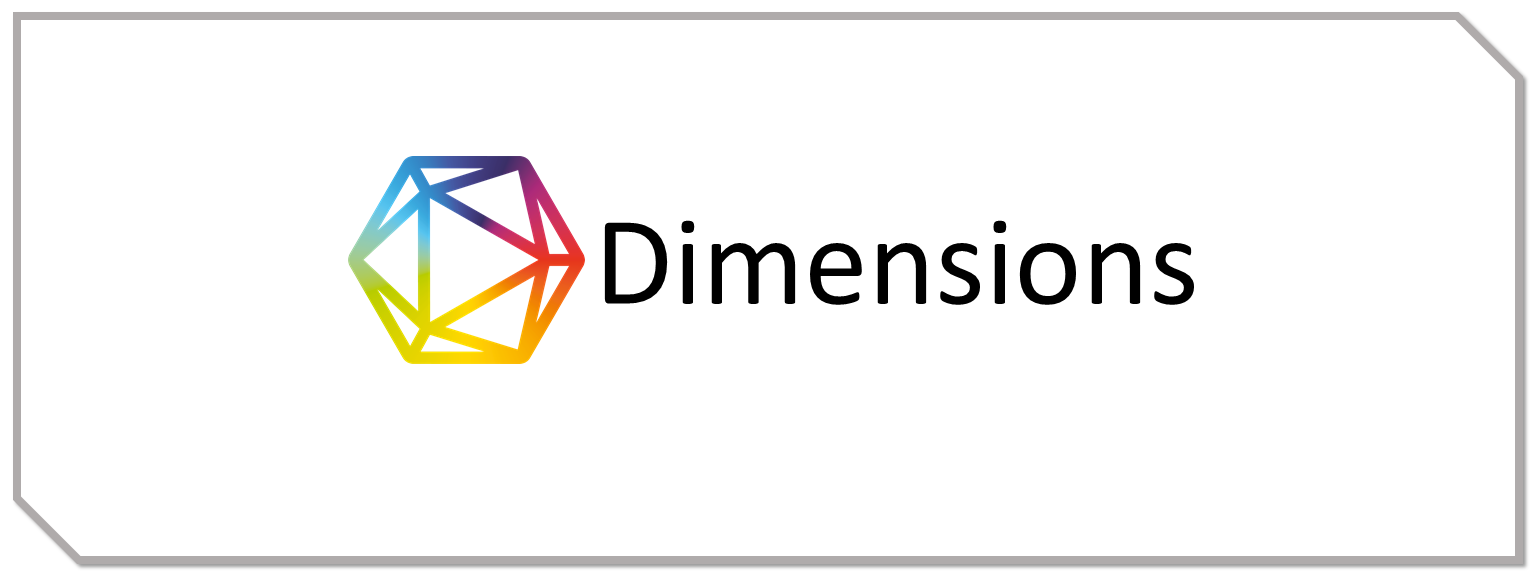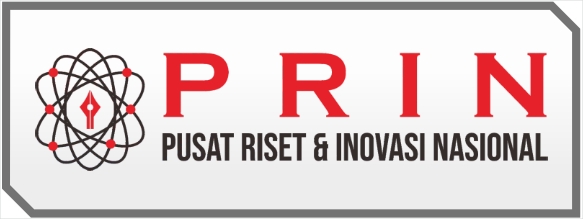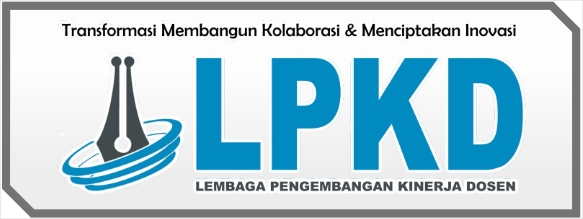PENERAPAN MODEL PEMBELAJARAN PICTURE AND STUDENT ACTIVE (PASA) DENGAN PENDEKATAN CONTEXTUAL TEACHING AND LEARNING (CTL) UNTUK MENINGKATKAN HASIL BELAJAR IPA SISWA KELAS VII SMP NASIONAL
APPLICATION OF PICTURE AND STUDENT ACTIVE (PAS) LEARNING MODEL WITH CONTEXTUAL TEACHING AND LEARNING (CTL) APPROACH TO INCREASE SCIENCE LEARNING OUTCOMES FOR VII CLASS STUDENTS OF SMP NATIONAL
DOI:
https://doi.org/10.55606/jurrimipa.v1i1.171Keywords:
Picture and Student Active , Contextual Teaching and Learning, learning outcomesAbstract
The results of observations on Class VII students of National Junior High School teaching and learning activities only run theoretically and are not related to the real environment where students are located. The incompleteness of student learning outcomes, one of which is the selection of learning methods that are not appropriate, learning media are less attractive and the level of student activity is low. The purpose of the study was to improve student learning outcomes through the Picture and Student Active (PASA) model with a Contextual Teaching and Learning (CTL) approach to the seventh grade students of the Makassar National Junior High School. This research is classroom action research with 2 cycles, namely the stages of planning, action, observation and reflection. The data collection instrument used observation sheets and test questions. The success indicator is 85% with an acquisition score of 75. The results show that the Picture and Student Active (PASA) Model with this Contextual Teaching and Learning (CTL) approach, can improve biology learning outcomes in class VII students of Makassar National Junior High School which is marked by an increase in the category student learning outcomes from cycle I to cycle II. In the first cycle is in the category of 20 people or 50% and in the second cycle is in the high category that is 40 people or 100% and the completeness of learning outcomes in the first cycle is 20 people or 50% and the second cycle is 40 people or 100%..
References
Sagala. Konsep dan Makna Pembelajaran. Bandung: Alfabeta, 2011.
Trianto. Mendesain Model Pembelajaran Inovatif, Progresif, dan Kontekstual. Surabaya: Pranamedia Group, 2014.
Joebagio, H. Model-Model Pembelajaran Sejarah di Sekolah Menengah. Jakarta: Rajawali Pres, 2017.
Rusman. Model-Model Pembelajaran: Mengembangkan Profesionalisme Guru. Bandung: CV. Alfabeta, 2012.
Hamalik, O. Proses Belajar Mengajar. Jakarta: Bumi Aksara, 2011.
A. Wahab, Jufri. (2013). Belajar dan Pembelajaran SAINS. Bandung: Pustaka Reka Cipta, 2013
W.K. Chen. Linear Networks and Systems. Belmont, CA: Wadsworth, 1993, pp. 123-35.
R. Auliana, P. Patahuddin, and B. Bustan, “Penerapan Model Pembelajaran PASA dalam Meningkatkan Motivasi Belajar pada Pembelajaran Sejarah Kelas X IPS 2 SMAN 1 Barru,” Chronologia, vol. 2, no. 3, pp. 54–65, 2021, doi: 10.22236/jhe.v2i3.6427.
















